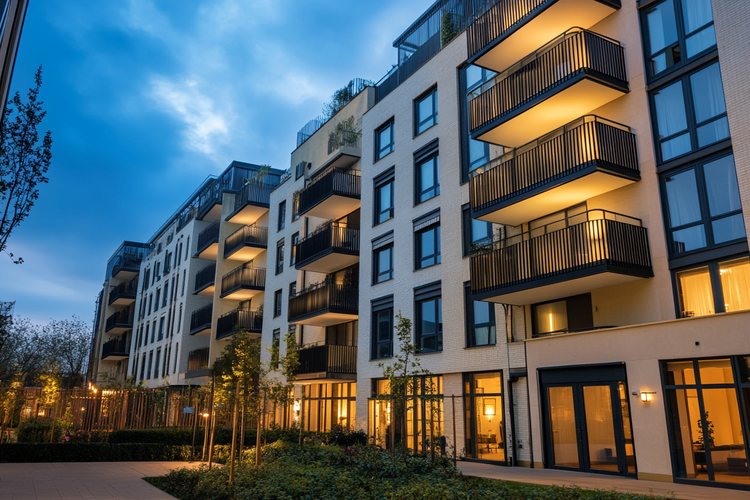Unearthing the Potential of Rundown Properties: A Strategic Approach
From dilapidated Victorian mansions to neglected mid-century moderns, rundown properties often sit unnoticed, their potential for transformation and profit overlooked. This is a deep dive into the world of distressed real estate, highlighting its evolution, current market trends, and potential impact on investors and buyers.

Backstory: The Rise and Evolution of Distressed Properties
Rundown properties have long been a part of the real estate landscape. Initially perceived as unattractive investments due to their decrepit condition, these distressed properties have undergone a tremendous shift in perception over the years. Today, they are seen as windows of opportunity, waiting to be discovered and transformed into valuable assets. This change in perspective was brought about by the economic cycles which affected property values and by the growing popularity of renovation shows which showcased the potential hidden in these properties.
Current Market Trends and Analysis
In today’s market, distressed properties are a hot commodity. Investors are increasingly recognizing the potential these properties hold for high returns, given their typically lower purchase prices and the potential for significant value enhancement through strategic renovations. The trend is particularly pronounced in high-growth markets, where demand for housing is strong, and the pool of available properties is dwindling.
The Strategy and Its Implications
The strategy of acquiring and revamping rundown properties is not without its challenges. It requires a keen eye for property appraisal, a thorough understanding of renovation costs, and an ability to forecast potential market value post-renovation. However, the potential rewards can be substantial. Investors can often acquire these properties at significantly low prices, and with strategic upgrades, can sell them at a considerable profit. For buyers, these revamped properties offer the allure of a ‘new’ home with character, often in established neighborhoods.
Advantages and Challenges
The low entry cost and potentially high returns make distressed properties an attractive investment. However, the challenges are equally substantial. Renovations can often uncover unforeseen issues, such as structural damage or code violations, leading to cost overruns. Moreover, navigating the legal complexities associated with distressed properties can be daunting.
The Impact on the Real Estate Landscape
The rise in interest in rundown properties is reshaping the real estate landscape. It is creating a sub-market within the industry, where investors, renovators, and buyers converge. In addition, it is breathing new life into neighborhoods, as rundown properties are transformed into valuable homes.
In conclusion, the potential of rundown properties extends beyond their dilapidated exteriors. With the right strategy, they can offer substantial rewards for investors, and ultimately, contribute to the revitalization of neighborhoods. While the journey may be filled with challenges, the end result can be worth the effort.




